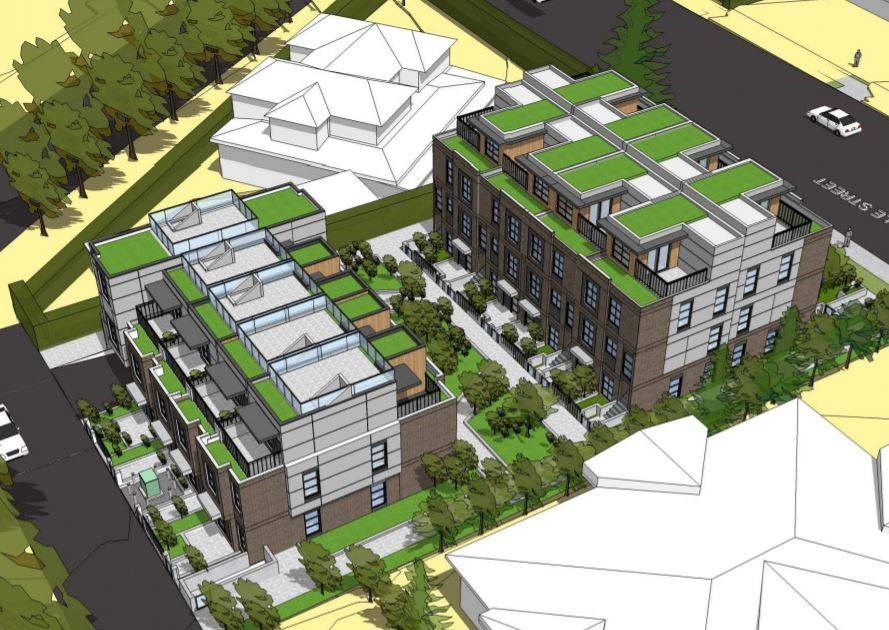I recently returned from New York City where I attended a symposium on American experiences related to housing affordability, community and health.
There I learned about non-profit organizations in Los Angeles promoting laneway housing for the homeless and others receiving federal government rent subsidies. One of the organizations, United Dwelling, was awarded $1 million from the LA County Innovation Challenge for its idea to address housing affordability by converting garages into dwelling units.
I also met a co-founder of Nesterly, which promotes home-sharing between different generations. Given the growing need for affordable housing, increased loneliness and hundreds of thousands of empty bedrooms in Metro Vancouver, I see wonderful opportunities for similar initiatives here.
On my return to Vancouver, the results of this year’s homeless count were announced. I was not the only one disappointed, but not surprised, to hear the number of Vancouver homeless people has again increased. While I am pleased the relocatable modular housing program has accommodated more than 600 formerly homeless people, I do not believe we can ever end homelessness by just building more housing.
Instead, we need to more effectively address the addictions and mental illness that affect many homeless people, as well as offer family reunification programs like that offered by the Salvation Army, and employment programs managed by EMBERS.
We also need to work with the federal government since many of our homeless arrived here from other provinces, and more will continue to come if we continue to offer good housing, social programs and supervised injection sites.
Of course, one way to address housing affordability and homelessness is to increase incomes. It troubles me to see some people oppose minimum hourly wage increases when the minimum wage is less than the GST on their hourly fees.
We also need to do more to prevent homelessness in the future by supporting programs such as KidCare Canada, which helps new mothers learn how to care for their children. Sadly, too many homeless people had terrible upbringings, which contributed to their ending up on the streets.
While I would like to expand on these matters, instead I prefer to address the topic dominating my Twitter feed on my return to Vancouver, namely the rezoning proposal being considered by Vancouver city council to build 21 rental stacked-townhouse units at 4575 Granville St., next to an eight-person hospice.
I should begin by pointing out that I have been a longstanding proponent of more stacked town-housing in Vancouver since I consider it a good alternative to apartments for families with children.
I am also a proponent of rezoning arterial streets for higher density housing. While it would be better to locate higher density housing on the streets behind the arterials, away from the noise and fumes, this is often more difficult in the absence of an overall plan.
In the mid-’90s, despite considerable neighbourhood opposition, I rezoned four lots on Oak Street at West 42nd for a seniors’ apartment building. I also rezoned seven lots on West 41st next to Crofton House School for seniors’ apartments.
In the Roundtable on Building Form and Design, which I chaired for the Mayor’s Task Force on Affordable Housing, we proposed upzoning arterial roads and the transition zones behind for higher density housing.
However, I oppose this particular spot-rezoning, albeit within the context of the Interim Rezoning Policy for Affordable Housing Choices, because it is next to one of the city’s four hospices.
I first learned about the benefits of hospices from Atal Gawande’s book Being Mortal. If you haven’t read it, I highly recommend it.
While I often regard neighbourhood concerns about overlooking increased traffic and parking problems as a camouflage for other concerns, such as not wanting renters in a neighbourhood, in this case I believe the hospice’s concerns to be legitimate. If approved, the development will significantly compromise the peace and enjoyment of residents, both during and after construction.
I also accept the claim that approvalcould lead to a complete closure of a hospice that was built only through considerable community effort.
I therefore hope council will refuse this rezoning, noting that there are many more suitable locations where stacked townhouse rental housing can, and should, be built.



